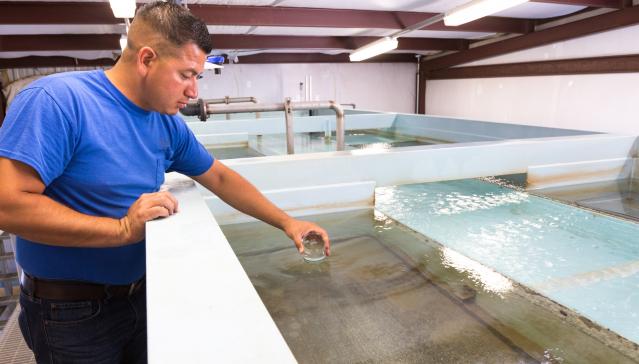Water Quality Testing Information
All completed water quality testing for our Public Water Systems (PWS) is available through the Texas Commission on Environmental Quality (TCEQ) website.
Click here to view results: https://dww2.tceq.texas.gov/DWW/
Common Water Quality Issues
| Issue | Possible Cause | Solution |
Cloudy / Milky Colored Water |
|
|
Black Floating Particles |
|
|
Black Particles | Internally activated in-line charcoal filter | By-pass filter and call a service company |
White Floating Particles | Deteriorating water heater dip tube | Service water heater |
Brown particles are uniform in size | Resin from the water softener | Service water softener |
Rust |
|
|
White or Light colored sediment | Hard water (calcium carbonate will precipitate when heated or frozen) | Flush water heater regularly, every 6 months, to remove loose calcium carbonate. |
Sand |
|
|
Low Pressure | Multiple factors can cause low pressure. | See our Quick Reference Guide for Common Water Pressure Issues page for a complete list of possible causes and solutions. |
Taste | Internal plumbing work | Flush internal water lines |
Odor | Odor coming from sink drain | Contact Sewage Provider/Septic Company |
